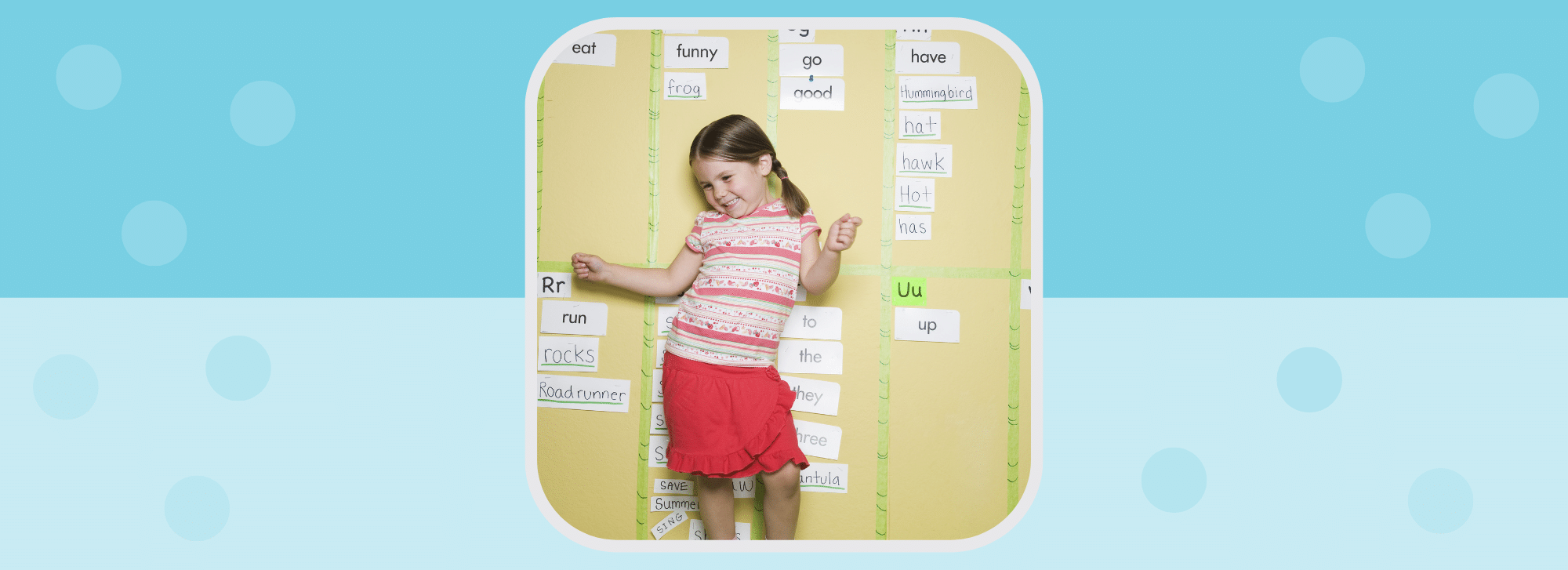Seven Simple Ways to Make Your Word Wall Interactive
Making word walls more interactive is a great way to engage elementary school students and enhance their vocabulary and language skills.

Here are some creative and practical suggestions to make your word wall more engaging:
1. Word Wall Bingo
Prepare word cards from the words on the word wall.
Distribute bingo cards to each student, which should contain a random selection of words from the word wall.
When introducing new words, add them to the bingo cards as well.
During spare moments or as a designated activity, call out the definitions or use the words in sentences, and students mark off the corresponding words on their bingo cards.
The first student to get a line or complete the entire card shouts "Bingo!" and can be rewarded with a small prize or privilege.
2. Word Scavenger Hunt
Divide the students into small groups.
Provide each group with a list of criteria, such as finding words that start with a specific letter, have a certain number of syllables, or belong to a particular category (e.g., animals, colors, verbs).
Instruct the groups to search the word wall for words that fit the given criteria.
The group that finds the most words within the time limit or fulfills all the criteria first wins the scavenger hunt.
3. Word Wall Word of the Week
Choose a word from the word wall and introduce it to the class.
Encourage students to use the word in their writing, discussions, and interactions throughout the week.
Create a display on a bulletin board or designated area where students can post sentences or short paragraphs using the word creatively.
At the end of the week, have a class discussion about the word, its meaning, and how students incorporated it into their language.
4. Word Wall Pictionary
Prepare drawing cards with words from the word wall.
Divide the class into two teams and have one student from each team come to the front of the class.
Show a word card to the students (without showing the word to the rest of the class) and have them draw the word on the board.
The teams take turns guessing what the word is based on the drawings.
The team that correctly guesses the word earns a point, and the student who drew the word can choose the next word to be drawn.
5. Word Wall Word Sorts
Prepare word cards with different categories, such as nouns, verbs, adjectives, etc.
Have students work individually or in small groups to sort the words from the word wall into the appropriate categories.
You can also have them sort words based on other attributes, such as syllables, rhyming words, or word families.
After the sorting activity, discuss the rationale behind their choices as a class.
6. Word Wall Interactive Journal
Provide each student with a small notebook or journal dedicated to the word wall.
Whenever new words are added to the word wall, students write them down in their journals along with their definitions and examples of how to use them in sentences.
Encourage students to personalize their journals with drawings, illustrations, or additional information about the words.
Note: The Vocabulary Connections resource sets include interactive printables to help you implement vocabulary journals. You can browse the vocabulary resources based on book title or read the Vocabulary Connections Teacher Guide to learn more.
6. Word Wall QR Codes
Create QR codes for each word on the word wall.
Place the QR codes next to the corresponding words on the word wall.
Provide students with devices (tablets or smartphones) with a QR code scanner app installed.
Instruct students to scan the QR codes to access additional information, definitions, or fun facts about the words.
Note: If you're interested in using QR codes but aren't sure where to start, you'll want to check out this article on Scholastic. It offers app suggestions along with step-by-step directions.


